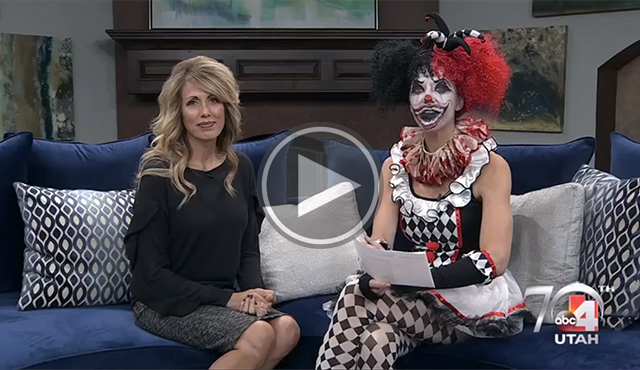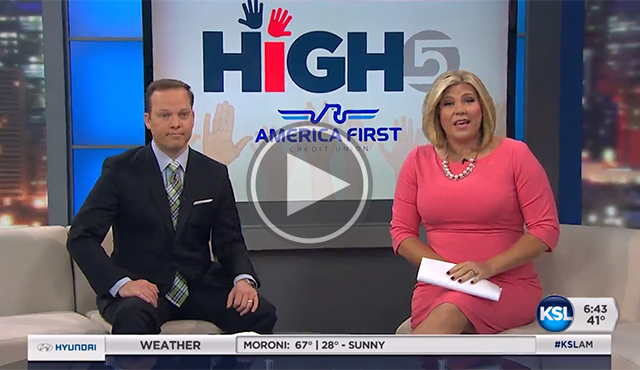America First recently concluded its 13th Annual Community Food Drive. The food drive, held at all branch locations throughout Utah and southern Nevada, collected 18,400 pounds of food. This equates to over 15,000 meals for those in need. Nicole Cypers from America First Credit Union talks more about it:
Our employees loaded all food donations into trucks which were then distributed to local food pantries and food banks. Thanks to all the America First Credit Union employees that participated.
The holidays are upon us and as Utah’s largest credit union, they know the importance of giving back to others. They’ve recently launched their Skip a Payment program, which is a great opportunity for members to skip a loan payment during the holiday months and simultaneously provide shoes for children in need.
The annual Skip a Loan Payment program offers members the opportunity to skip monthly loan payments from November 2017 – January 2018 for $25. America First will then donate a portion of the fee to purchase shoes and ‘warm the soles’ of children.
To learn more about donating through the Skip a Loan Payment program, call 1-800-999-3961, visit one of America First’s 124 branches or visit www.americafirst.com
Tips for Sticking to a Budget:
- Calculate expenses. Your first order of business is finding out exactly how much you’re spending each month.
- Determine your income.
- Set savings and debt payoff goals.
- Record spending and track progress.
- Be realistic.
America First has great free budgeting tools in our online banking and mobile banking applications. This is a great tool to track and manage your spending.
Viewer Question: Is it smart to use my credit card just to get the points/rewards if I’m paying it off every month?
If you are paying your credit card off each month, then yes it is smart to use your card for the points/rewards. You earn one point* for every dollar you spend, and with Visa Rewards you can redeem your points for a variety of rewards including:
- Gift cards for restaurants and merchants
- Merchandise such as iPods and Blu-Rayâ„¢ players
- Tickets to events
- Activities like amusement park visits, spa excursions, sightseeing & outdoor adventures








